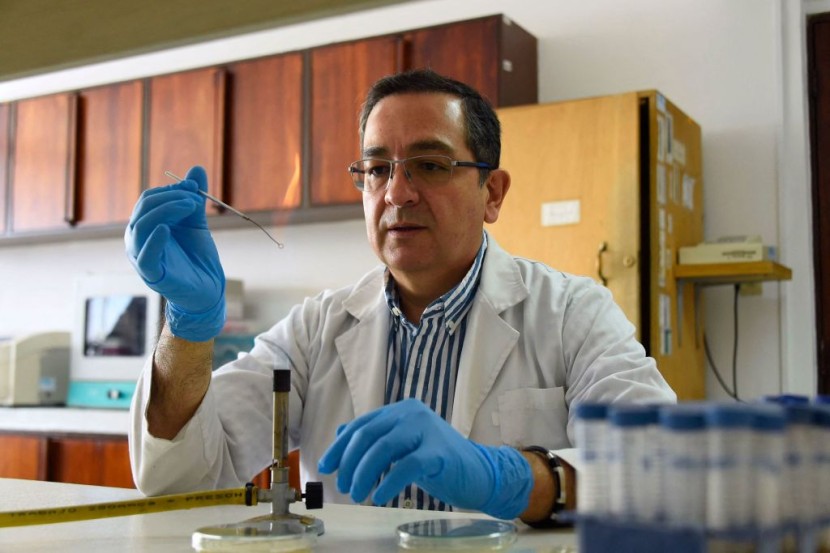Cases of blastomycosis are spreading across Michigan's Delta and Menominee counties. According to the local health department, 93 have been confirmed or probable cases that are believed to be associated with a paper mill in Escanaba, the Escanaba Billerud Paper Mill.

Nineteen of the cases have been confirmed through culture or microscope, while the 74 probate causes show symptoms of blastomycosis and a positive antibody or antigen test.
The source of the infection has not been determined yet, but proactive steps are being taken to protect the health and safety of Paper Mill employees.
Also read: Epidemic Fungus Blamed for Extinction of Darwin's Frog
What is Blastomycosis?
Blastomycosis is caused by a fungus called Blastomyces that lives in the environment, especially in moist soil and decomposing matter, such as wood or leaves. It is usually found in the South and Midwest, specifically around Ohio and Mississippi Rivers and the Great Lakes.
According to CNN, there are only one or two cases per 100,000 people every year in states where blastomycosis is a reportable condition. Also, one analysis found that over 1,000 deaths have been recorded related to the illness from 1990 o 2010.
People can get infected simply by breathing in the microscopic fungal spores. However, not everyone will get sick, while others may develop symptoms like fever or cough between three weeks and three months later.
Other symptoms are:
- Chest pain
- Breathing difficulty
- Night sweats
- Fatigue
- Weight loss
- Muscle or joint pain
The good thing about blastomycosis is it doesn't spread from one person to another. It can be treated with anti-fungal medication that should be taken for a period ranging from six months to a year. This will all depend on the severity of the illness and the person's overall health.
Paper mills often use wood fibers as their primary raw material. These fibers are processed through various stages that involve high-temperature drying and grinding.
During these processes, the wood fibers are converted into paper products, and the airborne dust and debris containing Blastomyces dermatitidis spores may be released into the air.
Workers in paper mills who are exposed to this contaminated air can inhale the spores and become infected with Blastomycosis. Additionally, the spores can settle on surfaces in the mill, where they can remain viable for several months, creating a continuous source of infection.
Preventing the spread of Blastomycosis in paper mills requires proper ventilation, dust control, and the use of protective equipment such as respirators. Regular cleaning of surfaces and equipment can also help reduce the risk of infection.
Blastomycosis can spread easily in paper mills due to the airborne dust and debris generated during the paper-making process. Workers in these facilities need to take necessary precautions to prevent exposure and infection.
Related article: Coffee Rust Fungus Has Cost 100,000 Coffee-Related Jobs
© 2025 HNGN, All rights reserved. Do not reproduce without permission.








